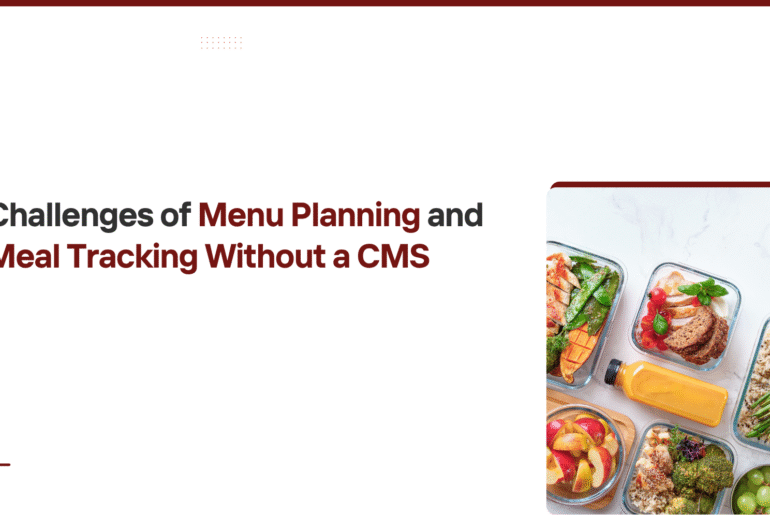What is a Hazard Reporting Tool and Why Every Workplace Needs It – In today’s fast-paced industrial and corporate environments, workplace safety is more than a regulatory requirement—it’s a moral obligation. One critical component in achieving a safer work environment is the Hazard Reporting Tool. This blog explores what it is, why it’s essential, and how it benefits businesses of all sizes.
What is a Hazard Reporting Tool?
A Hazard Reporting Tool is a digital or manual system that enables employees to report potential hazards or unsafe conditions in the workplace. These tools are often integrated into broader Environmental, Health, and Safety (EHS) platforms or mobile applications.
Key Functions of a Hazard Reporting Tool
- Real-time hazard identification
- Digital submission and tracking
- Risk categorization and prioritization
- Automated workflows and notifications
- Analytics and safety dashboards
Why Every Workplace Needs a Hazard Reporting Tool
1. Promotes a Culture of Safety
When employees can easily report hazards, they become more engaged in maintaining a safe environment. This culture of responsibility can significantly reduce workplace incidents.
2. Ensures Regulatory Compliance
Occupational health and safety standards such as OSHA, ISO 45001, and local regulations mandate hazard identification and reporting. A Hazard Reporting Tool helps you stay compliant and audit-ready.
3. Minimizes Risk and Liability
By addressing potential hazards before they cause harm, businesses reduce their exposure to costly lawsuits, fines, and insurance claims.
4. Speeds Up Response Time
Hazards reported in real-time allow safety teams to respond immediately, reducing the chances of accidents.
5. Improves Operational Efficiency
With automated workflows, teams spend less time managing reports manually and more time resolving issues.
How a Hazard Reporting Tool Works
Step-by-Step Overview:
Step 1: Hazard Identification
Employees spot a hazard such as a slippery floor or exposed wiring.
Step 2: Reporting
They use the tool (via mobile app or desktop) to log details, attach images, and categorize the severity.
Step 3: Review & Assignment
The safety officer receives a notification and assigns the task to the appropriate team.
Step 4: Resolution Tracking
The progress is tracked, and reminders are sent until the hazard is resolved.
Step 5: Closure & Feedback
Once resolved, the issue is closed and feedback may be collected to improve processes.
Benefits of Implementing a Hazard Reporting Tool
1. Enhanced Visibility
Leaders gain a bird’s eye view of recurring issues and areas of concern across departments.
2. Employee Empowerment
Employees feel heard and valued when their concerns are taken seriously.
3. Preventative Measures
Analyzing reported data helps develop preventative maintenance schedules and training sessions.
4. Reduced Downtime
Addressing minor hazards quickly avoids major breakdowns or work stoppages.
Common Use Cases Across Industries
Construction
Flagging faulty equipment, missing PPE, or unsafe scaffolding.
Manufacturing
Reporting chemical spills, machine malfunctions, or blocked exits.
Healthcare
Identifying biohazards, medication errors, or ergonomic risks.
Offices
Noting fire exits blocked by furniture, loose cables, or poor lighting.
Final Thoughts
The Hazard Reporting Tool is no longer optional—it’s an essential investment in workplace safety, legal compliance, and operational excellence. When implemented effectively, it can lead to a stronger safety culture, reduced incidents, and improved business outcomes.




